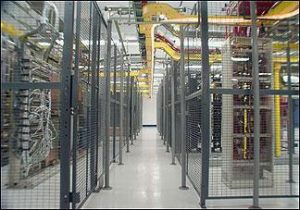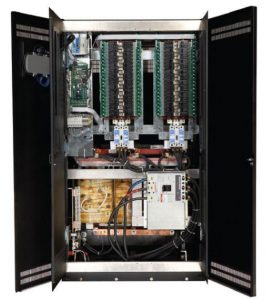
In most existing data centers, it is much easier to implement cold aisle containment. A common issue with hot aisle containment is the lack of a ceiling plenum or other path to return hot exhaust air back to CRAC/CRAH units. The exhaust air cannot simply be trapped, it has to go somewhere or there will be pressure issues. The complication and expense of creating a return path often outweighs the savings to be gained from containment. Even if there is a good return path, it is more common to encounter cable trays, pipes and other obstructions when containing the hot aisle.
However, there are also some concerns about containing the cold aisles as well. The most valid argument against cold aisle containment is the potential for thermal runaway in the event that there is a disruption in the supply air. This could be the result of a power outage or equipment failure. Most data centers have back-up power and proper redundancies so the effects of such a failure should be minimal. However, it may not take long for servers to be starved for air and begin to overheat.
Data Center Resources has solutions to overcome this challenge. Our <electronically activated ceiling panels and thermal links allow vertical or horizontal partitions to open if the temperature in the cold aisle reaches a threshold level. Unlike standard fusible links these can be activated by temperatures at the server intake, exhaust or any other location. This “breaks” the containment which will allow air from other parts of the data center to enter the cold aisle. Implementing these safe guards can be a fraction of the cost of retrofitting a data center to accept hot aisle containment. Please contact us to discuss the most effective approach for your containment project.





